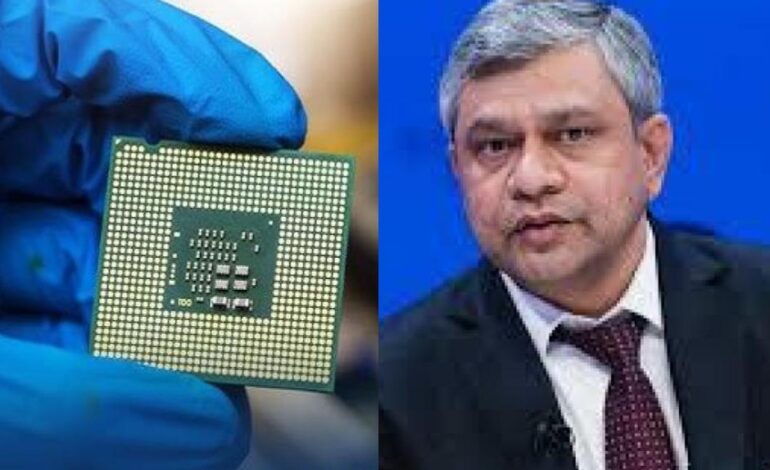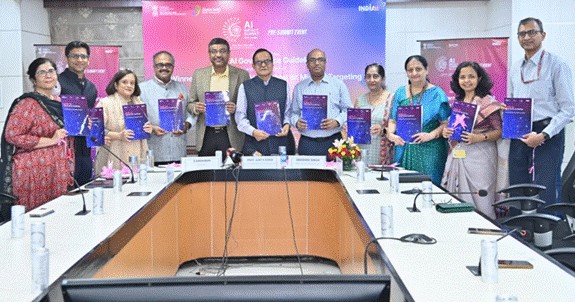Powering Next-Generation Technology: India Unveils Indigenous 7 nm Processor

Announced by Union Minister Ashwini Vaishnaw on October 18, this milestone signals a defining moment in India’s pursuit of technological self-reliance and innovation leadership.
New Delhi, October 23: India has taken a decisive step in its semiconductor journey with the development of a 7-nanometre (nm) processor, marking the nation’s entry into advanced node semiconductor design. Announced by Union Minister Ashwini Vaishnaw on October 18, this milestone signals a defining moment in India’s pursuit of technological self-reliance and innovation leadership.
Building on a Decade of Progress
Over the past decade, India has steadily strengthened its indigenous semiconductor ecosystem—developing home-grown processor architectures, nurturing design talent, and expanding research infrastructure. These efforts have positioned India as an emerging player in the global chip design landscape.
The 7 nm processor is being developed by the Indian Institute of Technology, Madras (IIT Madras), a pioneer in India’s processor design ecosystem through its SHAKTI initiative. Launched in 2013, SHAKTI is based on the open-source RISC-V instruction set architecture, which allows unrestricted adoption and innovation by startups and enterprises.
The project operates under the Ministry of Electronics and Information Technology (MeitY), aligning with the goals of the India Semiconductor Mission (ISM) — a national initiative to establish end-to-end semiconductor and display manufacturing capabilities and strengthen India’s electronics value chain.
Why the 7 nm Leap Matters
Designed for high performance and energy efficiency, the 7 nm processor will power server applications across sectors such as financial services, communications, defence, and other strategic areas.
- It represents a quantum leap in India’s semiconductor design capabilities, enabling higher transistor density and enhanced computing efficiency.
- It strengthens India’s preparedness for domestic fabrication (fab) integration, supporting national efforts to establish semiconductor manufacturing under ISM.
- It lays the foundation for emerging technologies such as 5G, artificial intelligence, and supercomputing—all key pillars of the Digital India initiative.
- It reaffirms India’s Atmanirbhar Bharat vision by reducing dependence on imported chips for critical applications.
India in the Global Semiconductor Landscape
Under the ₹76,000 crore India Semiconductor Mission, 10 semiconductor projects with investments exceeding ₹1.6 lakh crore have been approved across six states.
- Over 288 academic institutions are being supported through MeitY’s Design Linked Incentive (DLI) scheme.
- 24 chip design projects have been sanctioned, and 87 companies are now equipped with advanced design tools.
The indigenous 7 nm processor initiative firmly places India among the emerging nations advancing research at cutting-edge nodes, alongside the United States, Taiwan, and South Korea. Together, these initiatives are transforming India into a trusted partner in global semiconductor value chains.
The Road Ahead
Looking forward, India’s Semicon India Programme will drive further progress toward sub-7 nm nodes, supported by the establishment of advanced design, testing, and packaging facilities within the country. These initiatives are expected to attract large-scale investments and create thousands of high-skill jobs in semiconductor engineering, manufacturing, and R&D.
The 7 nm processor initiative is more than a technological breakthrough—it is a strategic declaration of intent. By fostering collaboration among academia, industry, and startups, India is laying the foundation for a globally competitive semiconductor ecosystem. With sustained investment and innovation, India is on course to become a hub for designing and building chips—by India, for the world.








